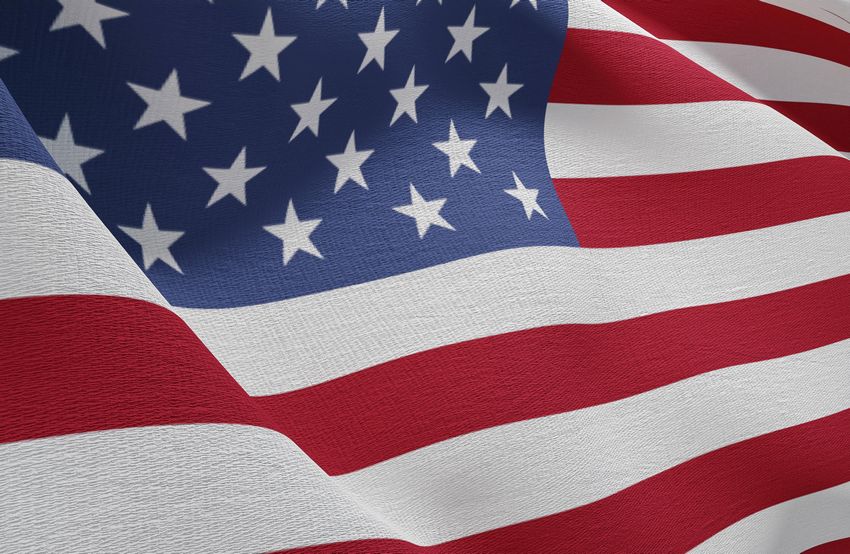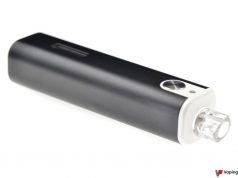During his presidency, Trump had initially taken a strong stance against vapes. In September 2019 he had announced a ban flavoured vaping products, citing concerns about their appeal to minors. However, only a couple of months later, following significant pushback from industry stakeholders, small business owners, and adult vapers who used the products as smoking cessation tools, he scaled back the proposed ban. As a result menthol and tobacco flavours were allowed to remain on the market, while all other flavours were banned.
Trump’s revised position reflected his broader economic priorities, emphasizing the need to protect small businesses and jobs within the vaping industry. He argued for a balanced approach that considered both public health and economic implications.
The Biden Administration commenced the much dreaded PMTA process
Meanwhile, the current Biden administration has focused on regulating the vaping industry to protect public health, particularly targeting the prevention of youth vaping. Under Biden, the Food and Drug Administration (FDA) has moved towards stricter regulations, most notably initiating the harsh premarket tobacco product application (PMTA) process and enforcing review requirements for vaping products.
In fact, during the ongoing campaign trails the Biden administration’s Department of Health and Human Services (HHS) has allocated millions of taxpayer dollars to a social media campaign aimed at preventing vaping among LGBTQ youth. The National Institute on Drug Abuse (NIDA) has provided over $2.2 million to the University of Pennsylvania for this initiative, which runs from July 2021 to April 2026. The project aims to develop social media strategies to reduce vaping disparities among sexual and gender minority youth.
Critics, including Allison Boughner from the American Vapor Manufacturers, argue that such campaigns may inadvertently increase vaping’s appeal among young people, while detering LGBTQ adults from switching to vaping, a safer alternative to smoking. They consider the grant as a waste of taxpayer money that exacerbates the problem it seeks to solve.
This grant is part of a broader trend in the Biden administration’s anti-vaping initiatives. For instance, NIDA is also funding a project at the University of Oklahoma, with nearly $184,000 allocated for a study on the impact of social media on nicotine vaping among individuals aged 18 to 25, running from February 2023 to January 2028. Overall, critics argue that these anti-vaping campaigns, despite their good intentions, may not achieve the desired public health outcomes and could inadvertently harm those they aim to protect.
Naturally, the Biden administration and congressional Democrats face criticism from Republicans and groups advocating for smoking cessation. The latter have long argued that increased regulation of the vaping industry hinders efforts to reduce smoking-related deaths, which according to the CDC data amount to over 480,000 annually.
Different priorities?
In conclusion, while we have not heard much (yet) about vaping and potential new vape regulations, in the past Trump’s approach appeared more lenient, and gave the impression of being flexible, balancing public health concerns with economic interests. In contrast, Biden has adopted a more rigid regulatory framework, prioritizing public health and youth protection. Biden has emphasized the health risks associated with vaping, advocating for public health campaigns to warn the public about the potential harms of vaping products.








